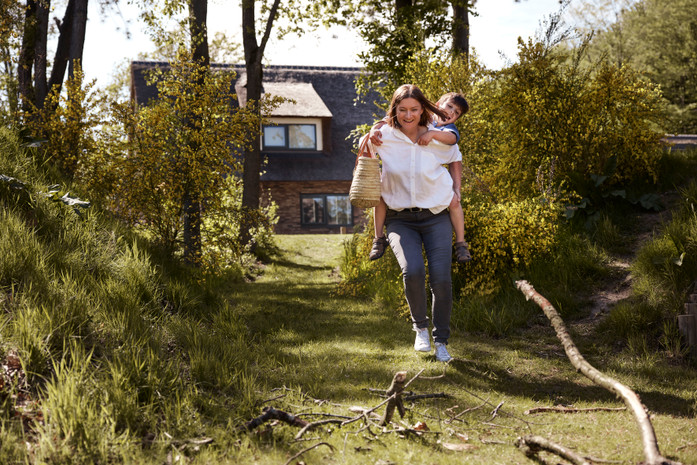Permanent occupancy in recreational parks
Recreational parks and permanent occupancy: how to maintain balance?
Why sticking to recreational character is essential for atmosphere, experience and future-proofing
Recreation versus housing: a tension that is growing
Recreation parks are places where guests can unwind, in the middle of nature, with an eye for comfort, atmosphere and freedom. It is precisely that temporary escape from everyday life that makes a stay so special. But increasingly, that vacation experience is coming under pressure. The reason? Permanent occupancy on parks that are actually intended for recreational use.
At first glance, permanent occupancy may seem like a smart solution to vacancy or structural occupancy. In practice, however, it carries considerable risks. Not only for the guest experience, but also for the appearance, rental potential and flexibility of your park.
What are the risks of permanent residence?
1. Declining appeal for tourist guests
A recreational park runs on atmosphere. That atmosphere changes as soon as there is permanent housing. Guests want tranquility, care and experience. Not the feeling of a residential area. Noise pollution from chores, a lawnmower on Sunday morning or crowds on weekdays cause irritation and decreasing satisfaction. This is reflected in reviews and bookings.
2. Loss of amenities and park appearance.
When the number of recreational guests declines, facilities come under pressure. Think hospitality, entertainment or a staffed reception desk. These are often not profitable without sufficient tourist occupancy. The park loses its recreational character and becomes less attractive to new visitors or tour operators.
3. Less rentable, less flexible
Permanent residents logically do not want to make their homes available for tourist rentals. This limits the supply of available accommodations. Collaborations with rental platforms or travel agencies become more difficult. Your flexibility as a park manager decreases, and with it your commercial latitude.
4. Adjustments without alignment
Residents furnish their recreational homes as full-fledged homes, and that often means modifications. Consider additional storage areas, modified facades or installing installations such as solar panels. Without central management, there is fragmentation, visual clutter and pressure on infrastructure. This comes at the expense of the design and unity of the park.
5. Clashing lifestyles
The recreationist seeks rest, service and relaxation. The resident lives at a different pace, with work, maintenance and daily routines. This creates friction. Consider chores during quiet periods, intensive car use or social activities at times when other guests expect peace and quiet.
What can you do as a park manager?
To keep your park attractive and future-proof, it is important to make clear choices. That starts with clear communication and active management.
- Actively speak out against permanent occupancy, in line with the zoning plan
- Establish and enforce clear park rules, such as around weekend chore activities
- Inform owners, guests and staff of the importance of recreational use and the risks of occupancy
Why sticking to recreation pays off
Permanent residency may seem attractive in the short term. But in the long run, it erodes your identity, revenue model and guest experience. By consciously maintaining the recreational character of your park and continuing to invest in professional management, you are building something that remains valuable. For guests, for you and for the future of recreation in the Netherlands.


